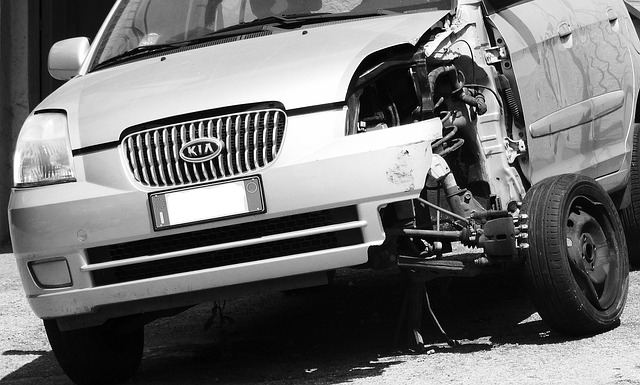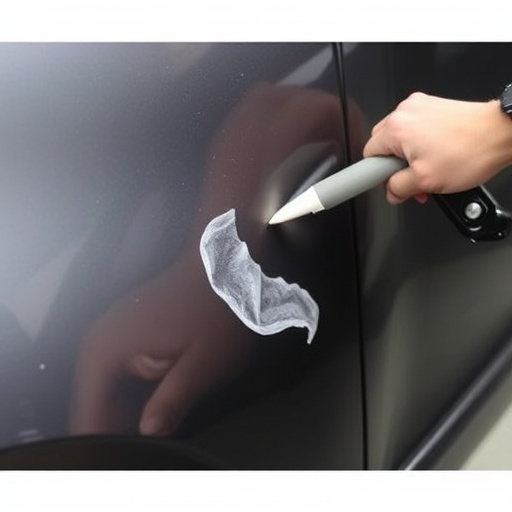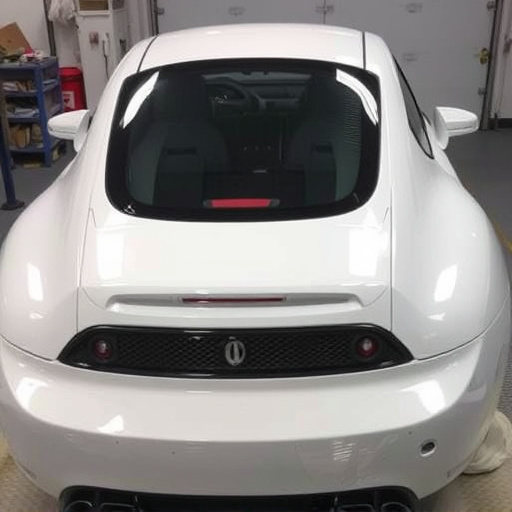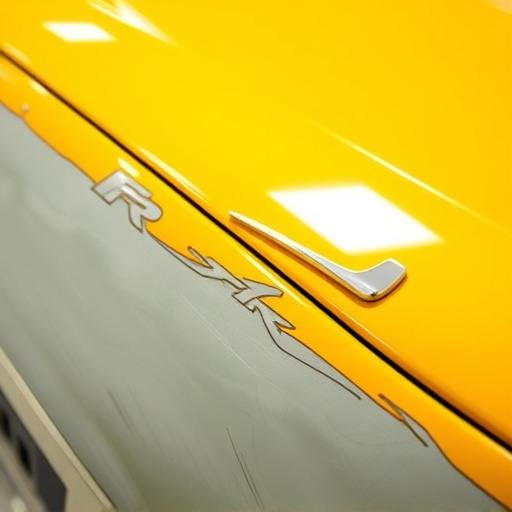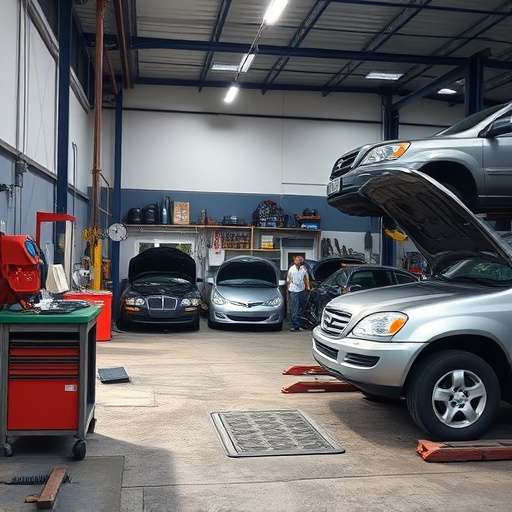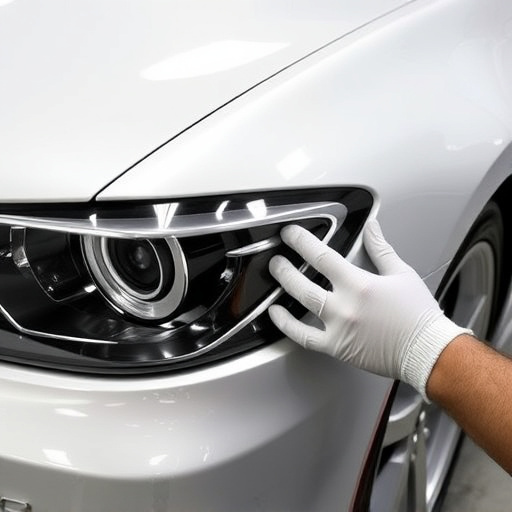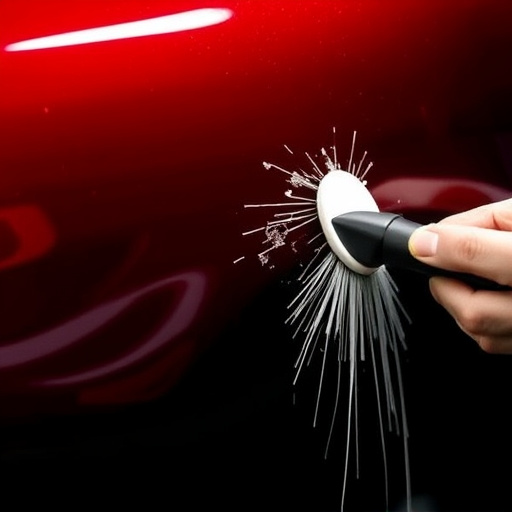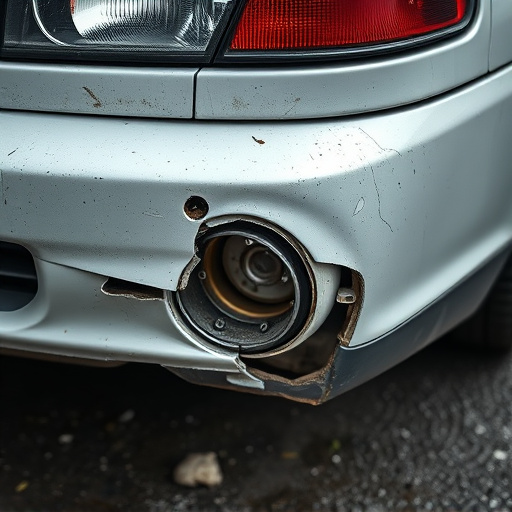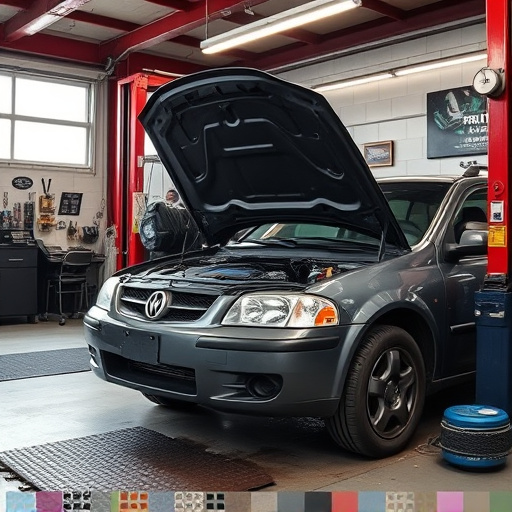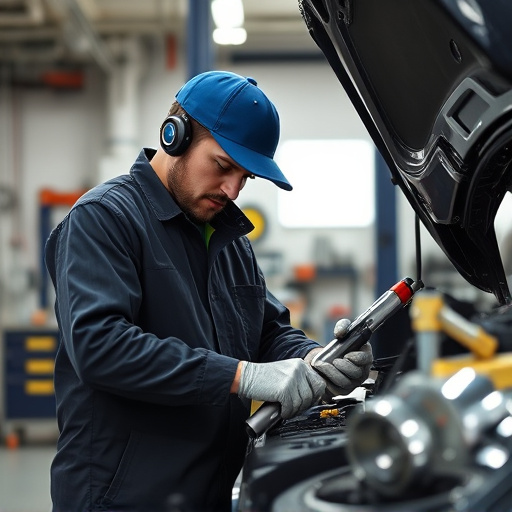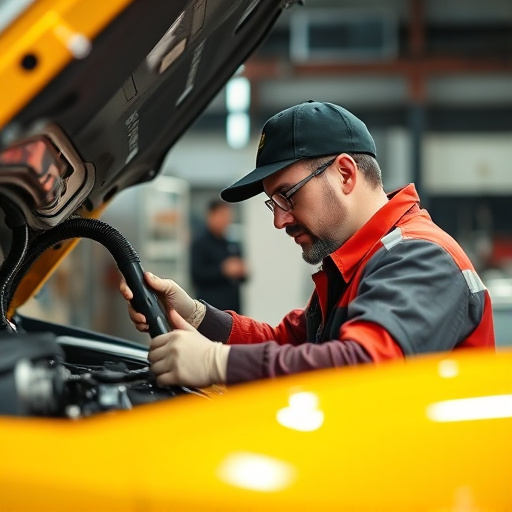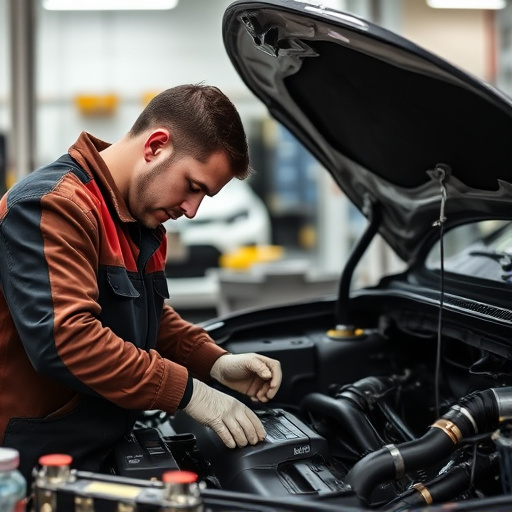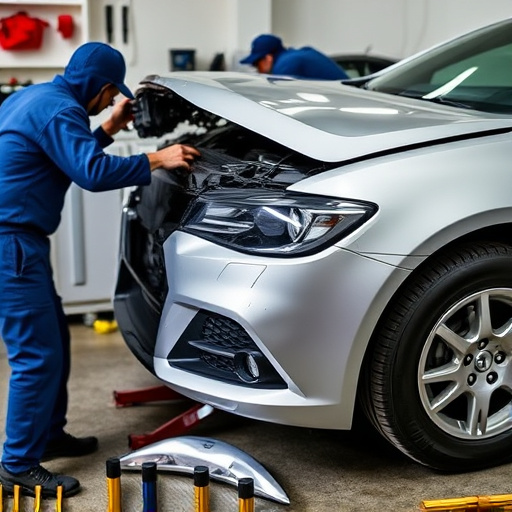Tesla repeater camera replacement is crucial for enhanced driver safety and visibility. High-quality aftermarket cameras and professional automotive body work can address issues like fogging or poor image quality. Regular maintenance checks prevent problems, ensuring efficient operation of Tesla's advanced driver-assistance systems. Follow detailed model-specific instructions from trusted auto collision centers for optimal results.
Looking to replace your Tesla repeater camera? You’ve come to the right place. This comprehensive guide covers everything you need to know about Tesla’s advanced camera system and its common issues. We’ll walk you through step-by-step replacement processes specific to Model S, 3, X, and Y vehicles. Discover expert tips and solutions for a seamless upgrade, enhancing your Tesla’s safety and driving experience with efficient repeater camera replacements.
- Understanding Tesla's Repeater Camera System
- Common Issues and Their Solutions
- Step-by-Step Replacement Guide for Different Models
Understanding Tesla's Repeater Camera System
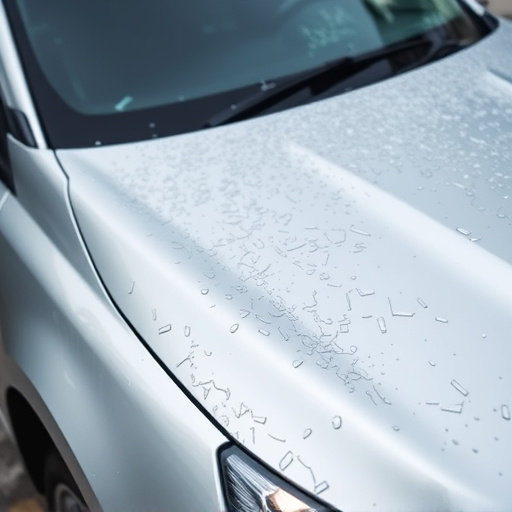
Tesla’s Repeater Camera System is a sophisticated piece of technology designed to enhance safety and visibility for drivers. This system, integrated into the vehicle’s exterior, consists of multiple cameras strategically placed around the car, including ones mounted on the fenders (or wing mirrors). These cameras feed live video to the in-cabin display, providing a comprehensive 360-degree view around the vehicle. This feature is particularly useful for low-speed maneuvers like parking and navigating tight spaces, as it offers drivers an extra layer of awareness, enhancing their overall driving experience.
When considering a Tesla repeater camera replacement, whether due to damage or aging components, understanding the original system’s functionality is key. The replacement process involves not just swapping out cameras but ensuring they integrate seamlessly with the vehicle’s existing electronics and software. Professional automotive body work services specializing in electric vehicles can assist in this task, guaranteeing that the new cameras provide the same high-quality images and safety benefits as the originals.
Common Issues and Their Solutions
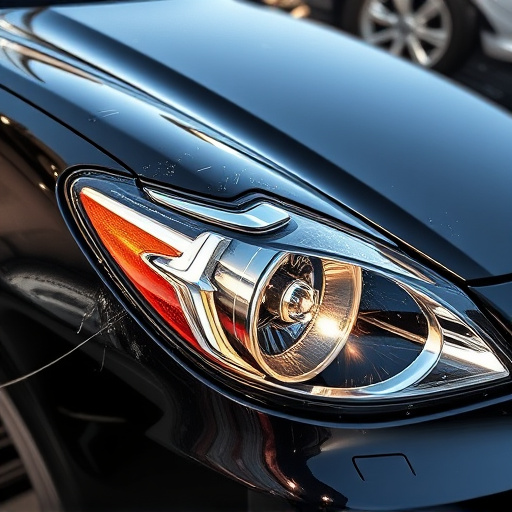
Many Tesla owners often encounter issues with their repeater cameras, which can significantly impact driving safety and visibility. Common problems include camera fogging, poor image quality, or even complete failure to operate. These issues may arise due to environmental factors like extreme temperatures or moisture, normal wear and tear over time, or a need for professional car body repair if the camera housing is damaged.
The solution lies in timely Tesla repeater camera replacement. Many owners opt for high-quality aftermarket cameras designed specifically for these models, ensuring optimal performance and enhanced safety. Professional car paint services can assist in replacing the damaged camera housing, restoring the vehicle’s aesthetics and functionality. Regular maintenance checks can also help prevent such issues, keeping your Tesla’s advanced driver-assistance systems operating at peak efficiency.
Step-by-Step Replacement Guide for Different Models
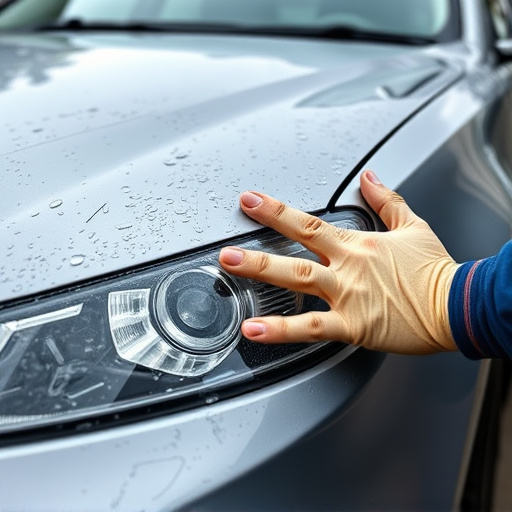
The process for replacing a Tesla repeater camera varies slightly between the Model S, 3, X, and Y, but with clear steps, it’s feasible for both professional fleet repair services and DIY enthusiasts. For the Model S and X, locate the camera assembly behind the rear-view mirror, securing it with two screws. Next, disconnect the power cable before carefully detaching the old camera. With the Model 3 and Y, access is slightly different; these models require removal of the trunk lid to gain direct visibility of the repeater camera. Once exposed, unscrew the old camera and connect the new one, ensuring proper alignment for optimal field of view.
For all models, a crucial step in Tesla repeater camera replacement involves securing the new camera with the provided hardware. Reattach any panels or covers removed during the process, focusing on precision to maintain aesthetic integrity. After double-checking connections and alignment, testing the camera’s functionality is paramount. This ensures your vehicle’s rearview system offers clear, unobstructed vision for safer driving – a key benefit of professional automotive body work when performed correctly. Consider these steps as a reliable guide, but always refer to detailed, model-specific instructions for best results, especially from trusted auto collision centers.
Replacing a Tesla repeater camera is a straightforward process that can significantly enhance your vehicle’s safety features. By understanding the common issues and following our step-by-step guides specific to Model S, 3, X, and Y, you can easily address any problems with your repeater cameras. Whether it’s a faulty connection or a damaged lens, this guide ensures you’re equipped to make the replacement yourself, saving time and costs. For all things related to Tesla repeater camera replacement, look no further—this comprehensive resource has you covered.
